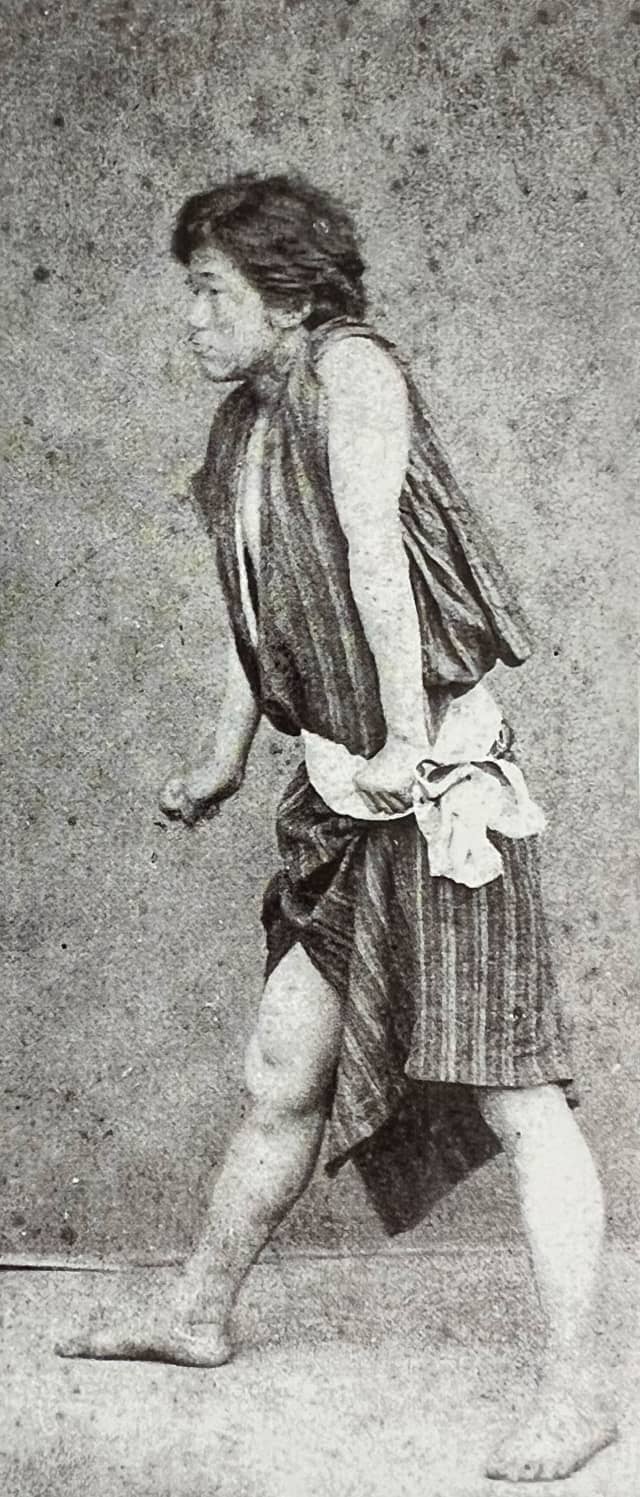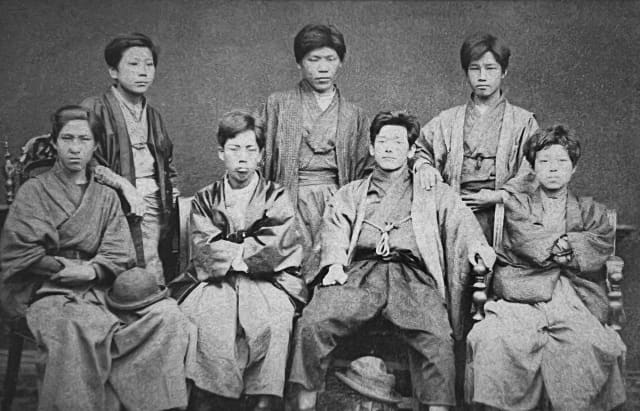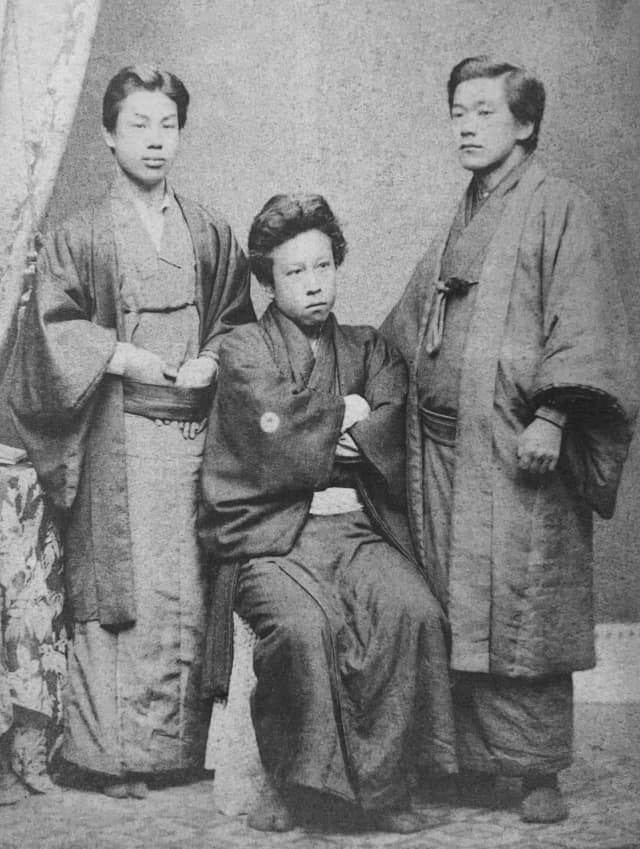At fourteen, he went to boarding school and thus already left the family fold. His frail stature made him a laughing stock for his classmates, who did not hesitate to intimidate and bully him. This was the trigger for his desire to learn jūjutsu, but it was also what pushed him to study even more. His work paid off. By taking the lead in his class, he received attention and a little more respect. He was interested, among other things, in mathematics and found that he did not yet know enough, so he took evening classes.
In April 1874, he joined the School of Foreign Languages where he perfected his English skills, which would be of great use to him during his future travels, travels during which, he did not hesitate to write directly in the language of Shakespeare.
Kano was not yet quite 18 when he entered the University of Tokyo, in the faculty of letters, from which he graduated in 1881. At the same time, he continued to be interested in philosophy, morality and aesthetics, while improving in jūjutsu.
This jūjutsu attraction was not without difficulty. It should be remembered here that jūjutsu, ju-jitsu or even jiu-jitsu (柔術, jūjutsu, literally: the gentle art, the art of weaponless fighting employing holds, throws and paralysing blows to subdue or disable an opponent), then brought together combat techniques that had been developed by the Samurai during the time of Edo, before the opening of Japan to the West. These techniques were intended to teach Samurai and Bushis how to defend themselves when they found themselves unarmed during a duel or on the battlefield. While the term Samurai (侍) is widely used and still known today, referring to members of the warrior class that ruled feudal Japan for nearly 700 years, Bushi is less familiar.
The two should not be confused, since they correspond to different functions and to different periods of Japanese history. Bushi were basically armoured horsemen whose primary weapon was the yumi (bow). Their mission was to protect family clans called uji. This proximity to the Japanese nobility earned them the title of ‘gentlemen warriors.’
If there are therefore differences between the Samurai and the Bushis, it is nonetheless true that over the centuries both developed combat techniques and with similar roots. If the handling of the saber was the noblest of the warrior arts, the learning of other combat techniques was necessary if one wanted to be effective on the battlefield. Yet, jūjutsu was still considered inferior.
The era in which Kano was born corresponds, as we have seen, to a profound metamorphosis of Japanese society. Thus the Haitōrei (廃刀令) or edict for the prohibition of swords, is a law of the government of Japan which, on 28th March 1876, prohibited the carrying of weapons in public places. Only the military and the police still had the right to bear arms and only during ceremonies in official outfits. Apart from these very specific situations, all offenders had their weapons confiscated. This hindered the growth of jūjutsu schools greatly, especially those focused on the handling of weapons. Jūjutsu had bad press, but it continued to develop despite everything as it was anchored in the Japanese ancestral culture.
Old masters of martial arts thus continued to exempt their art, even if that was done with discretion. There were many schools, each with their own speciality and specificities. A debate was raging in educational circles. On the one hand were those advocating the use of Western physical education methods in school education and on the other hand those arguing that traditional Japanese fighting methods should have their place. The conflict between the two camps lasted for years and, as we shall see, Kano became one of the masterminds of a teaching that united the two visions. It was, however, still too early to detail his approach.
Kano therefore heard about jūjutsu at a very young age and he found it fascinating. It was a certain Sakai Umenari, an old acquaintance of the family, who one day demonstrated a kata to him but Sakai Umenari refused to tell him more or to teach him anything. Another character, by the name of Katagiri Ryūji, who worked for his father, also showed Jigoro Kano some kata but equally refused to teach him jūjutsu.
The desire to know more, at first to defend himself and gain self-confidence, tormented Kano. He had to find a way to stop being the victim of his classmates’ bullying. He had to wait a few more years to finally start learning jūjutsu though.
It was in 1877 that he crossed paths with Fukuda Hachinosoke, through Yagi Sadanosuke. The latter was a kind of old healer who had practised martial arts. When Kano met him, Sadanosuke was an old man who marvelled at Kano's interest in jūjutsu. He directed him to Fukuda Hachinosoke whom Kano visited with his brother. Kano had found his first jūjutsu master. He still had to convince his father to let him practise martial arts, which were rather frowned upon at the time, as we saw. When this was done, Kano began to frequent Fukuda Hachinosoke's tiny dojo.
Kano's idea of jūjutsu when he began practising it was quite restrictive, as it was in Japanese society at the time. In general, jūjutsu was considered primarily as a method of fighting, which is what Kano had come for, not really to fight but to have enough self-confidence to face the taunts he received at school. Yet, very quickly the young disciple of Fukuda Hachinosoke, realised that there was something deeper to study: THE WAY, although it was not the subject of much attention. Here is what he said about it, "In the past, jūjutsu teachers who had some capacity for discernment, did not use it only in their technical work but also had to have reflection on the way. However, even if this type of teaching remains probable, it was quite insufficient." (source: Jigoro Kano, Father of Judo - Michel Mazac - Budo Editions, 2014).
Many years later, once judo was invented and in full development, its founder would say that the study of the way was what mainly distinguished judo from jūjitsu, because, in judo, the study of the way was more important than the technique. In a future episode, we will discover how Kano synthesised what he had learned, to invent his own discipline, the one that would guide all practitioners along the way; judo was about to see the light of day.



